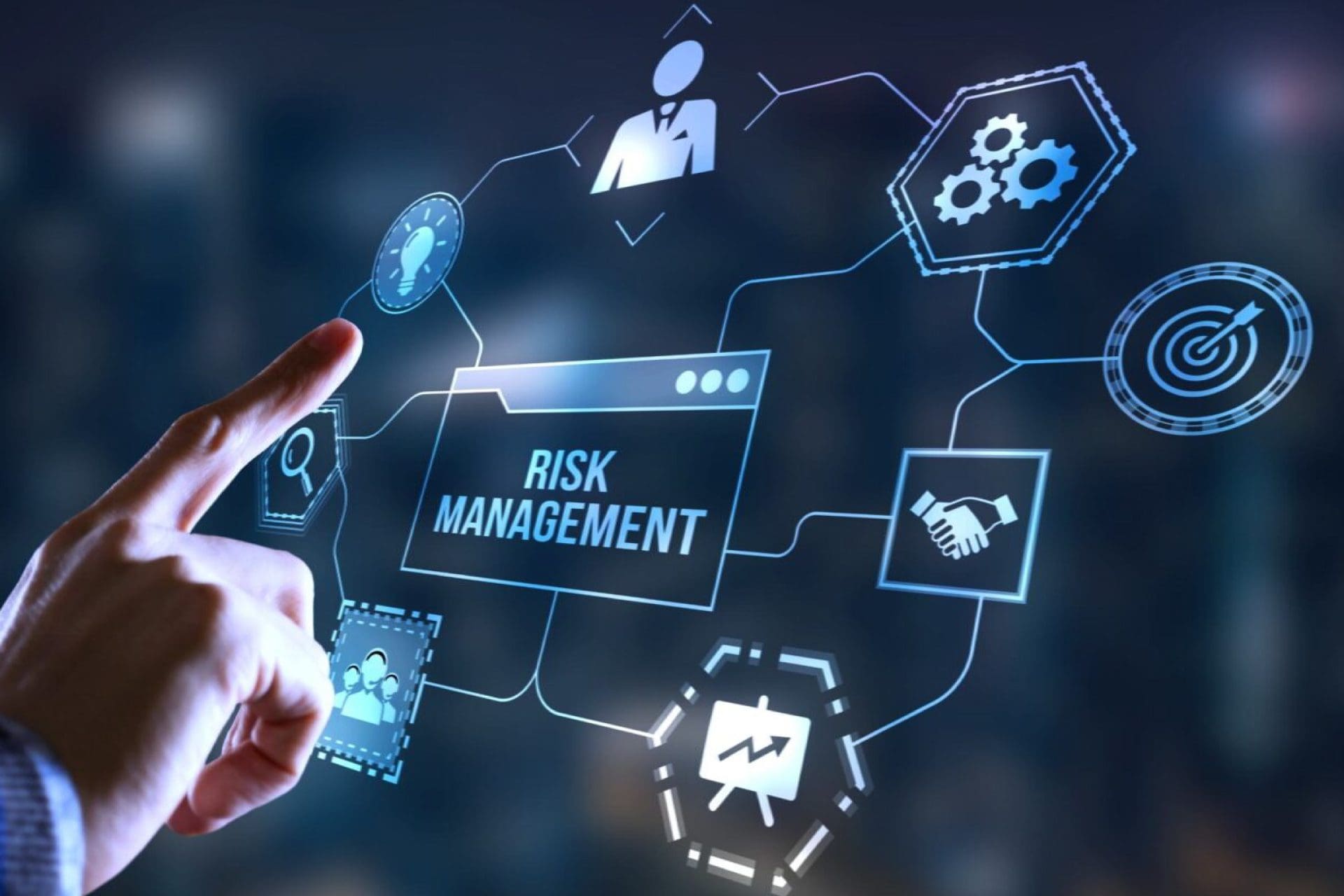Risk management is the process of identifying, evaluating, and mitigating potential threats that may compromise safety, legality, or performance in AI systems. Under the EU AI Act, risk management is a mandatory and continuous requirement, particularly for high-risk AI applications. It forms the structural core of compliant AI governance—ensuring that systems are not only innovative but also trustworthy, transparent, and resilient.

1. Background and Establishment
In the context of AI governance, risk management is the structured methodology used to identify, assess, monitor, and mitigate threats that may arise throughout the lifecycle of an AI system. The EU Artificial Intelligence Act codifies risk management as a foundational obligation for providers of high-risk AI systems, embedding it within the legal framework of safe and ethical technology deployment.
The principle of risk-based regulation underpins the Act: the greater the potential for harm, the more rigorous the safeguards required.
2. Purpose and Role in the EU AI Ecosystem
Risk management is central to:
- Preventing harm to health, safety, fundamental rights, and democratic processes
- Ensuring that AI systems remain robust, accurate, and predictable
- Enabling regulatory transparency and preparedness
- Facilitating post-market surveillance and adaptive governance
- Supporting ethical alignment and trust in AI decision-making
It transforms compliance from a reactive checklist into a proactive shield against systemic vulnerabilities.
3. Key Contributions and Impact
A mature AI risk management framework enables organizations to:
- Identify emerging technical and societal risks
- Address bias, opacity, or misalignment in decision-making models
- Ensure data quality and representativeness
- Design fallback procedures and human oversight mechanisms
- Prepare for audit and enforcement scenarios
- Respond decisively to unexpected failures or performance degradation
Without robust risk management, AI systems may evolve into black boxes with unpredictable outcomes, undermining both legal standing and public confidence.
4. Connection to the EU AI Act and the EU AI Safety Alliance
Risk management is embedded explicitly into the EU AI Act:
- Article 9 – Requires high-risk AI providers to implement a risk management system covering the entire lifecycle
- Annex IV – Demands documentation of risk-related design choices and controls
- Article 61 – Connects risk management to post-market monitoring obligations
The EU AI Safety Alliance supports this effort through:
- Risk assessment templates for sector-specific applications
- Automated risk classification tools
- Gap analysis checklists aligned with Annex IV
- Training modules on risk governance and mitigation planning
The Alliance equips organizations with the tools and intelligence needed to build, validate, and maintain compliant risk management systems.
5. Stakeholders in Risk Management
Successful implementation of risk management systems requires engagement from:
- AI developers and data scientists – To identify technical risks and ensure model robustness
- Risk officers – To structure frameworks, controls, and reporting channels
- Compliance and legal teams – To ensure regulatory alignment and documentation
- Human factors specialists – To assess societal and ethical implications
- Executives and governance leads – To provide resources and enforce accountability
Risk management is not a static department—it is a distributed responsibility embedded into each stage of AI system development and deployment.
6. Core Components of AI Risk Management
A legally and operationally sound risk management framework under the EU AI Act should include:
- Risk identification protocols – Mapping hazards related to safety, fairness, privacy, and explainability
- Risk evaluation tools – Quantifying severity, likelihood, and systemic exposure
- Control measures – Technical and organizational mitigations for known risks
- Residual risk analysis – Assessment of remaining exposures post-mitigation
- Lifecycle monitoring – Post-deployment risk detection and evolution tracking
- Documentation and evidence management – As required by Annex IV
- Review cycles and escalation plans – Periodic audits and emergency response pathways
The framework must be dynamic, adapting to new data, user feedback, and regulatory updates.
7. How to Operationalize Risk Management Under the EU AI Act
Practical steps include:
- Conduct a full system classification under the EU AI Act to determine if it is high-risk
- Establish a risk management plan for the entire AI lifecycle (design, training, testing, deployment, monitoring)
- Use harmonized standards (e.g. ISO 31000, ISO/IEC 42001) to structure your approach
- Leverage EU AI Safety Alliance tools to populate and audit your risk control library
- Integrate risk logs and decision rationales into technical documentation
- Set up feedback loops to capture user-reported or real-world risks
- Regularly review and update the framework, particularly after incidents or significant system modifications
A risk management system is only as strong as its weakest assumption. Treat it as a living governance structure, not a static formality.

